Welcome to Place Agency a platform to support industry, students, communities and governments to develop better cities through Placemaking capacity building, practice-led community engagement and education. Place Agency contributes to placemaking practice by providing a common approach to understanding concepts such as economics, engagement, governance, evaluation, digital activation, data, community and critically nature and First nation’s aspects of place.
Placemaking is a multi-faceted approach to the planning, design and management of public spaces. Placemaking’s intention is to create public spaces that promote people’s health, happiness, and well-being.
As an international movement, placemaking belongs to everyone. Placemaking is in the business of making vibrant, healthy and thriving communities. At its core it’s a process of co-creation to work with community, for community, and to identify meaning and shared purpose. Generally, placemaking can be understood as a community building and activating process to create places that are loved, cared for, and where a sense of belonging in that place is fostered and shared throughout the community. It follows the adage that if you love a place, you will take care of a place. Read more.
“Placemaking is a process to increase the capacity and capability of people to invest a place with meaning” – Place Agency.
Place Agency is a group of academics (consortium) from universities and placemakers across Australia who joined together to deliver an education program focused on the theory and practice of placemaking through partnerships with practitioners delivered through Studio projects. The Placemaking Consortium includes seven universities and 16 practitioners with support from 26 placemaking partners.
The Place Agency project delivers a suite of educational and practice-based programs on placemaking and place development for graduate level students and early-career placemakers. These place-led approaches enable current and future practitioners to plan and design civic places with the community so that shared values can be realised. We thank The Myer Foundation, who provided the funding for our consortium to add to the voice of placemaking theory and practice.
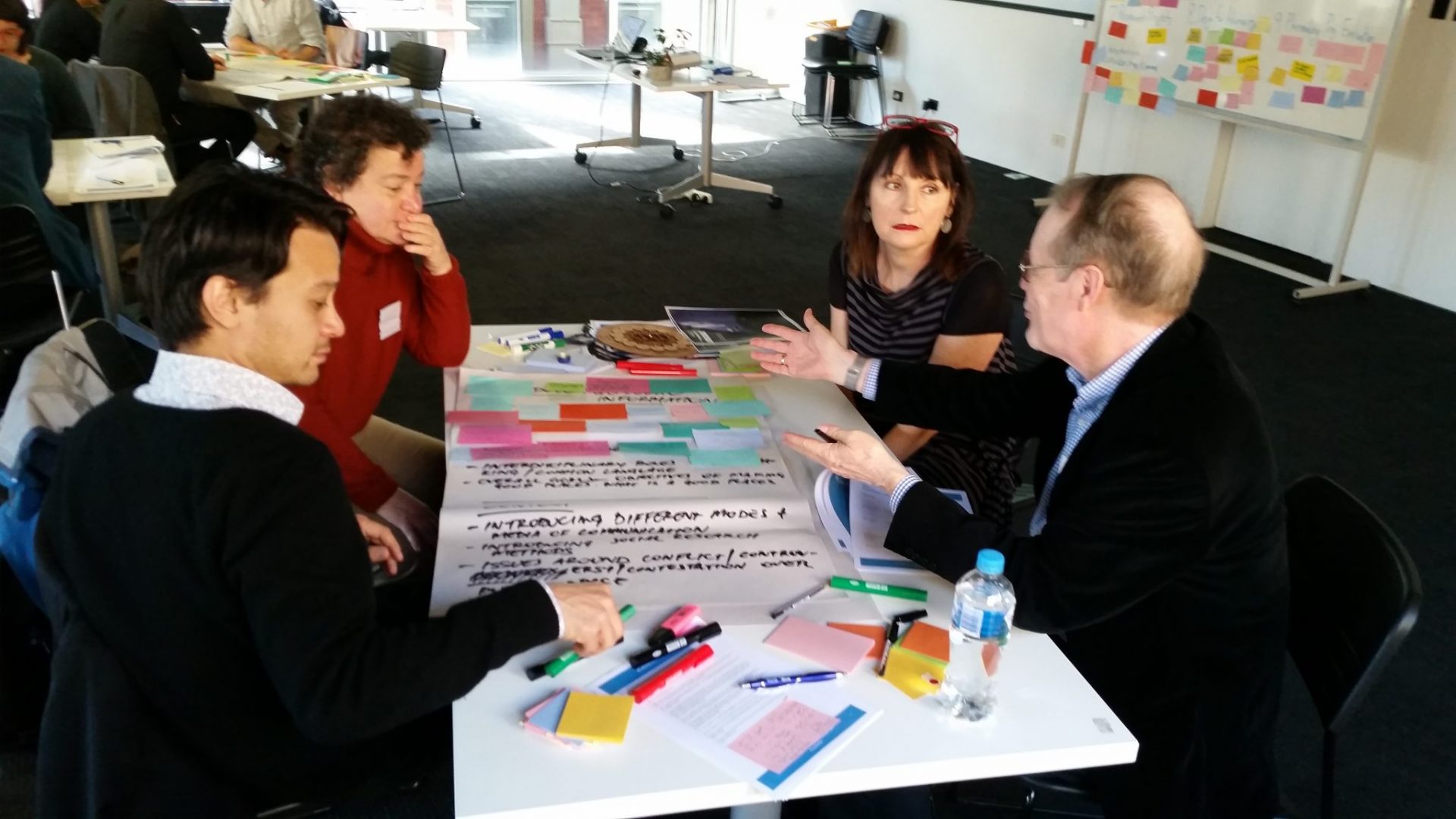
“I came to placemaking because I believe we can fix this stuff; we can make good buildings, we can make nice parks, but we are not winning the sustainability journey. We need to actually get to the hearts and heads of people, and you do that by connecting people to place.” – Dr. Dominique Hes
Our journey started at the end of 2016 by the call from place-making stakeholders for greater capacity in delivering place-making in Australia. The Myer Foundation first approached Dr Carolyn Whitzman and then Dr Dominique Hes with a query:
“What is it that we are teaching graduate students on creating and delivering place-based projects and what are the opportunities for capacity building on placemaking?”
Across 8 weeks, Cris Hernandez-Santin and Dominique Hes conducted a scoping study interviewing 26 academics in 7 Australian universities teaching built environment subjects and found that, out of the 31 subjects they taught, only two of these subjects specifically addressed ‘tactical urbanism’ and none of them addressed placemaking directly. All academics believed they addressed concepts relevant to place with an overarching focus on theoretical terms, however, the terms used changed from one subject to the next or focused on limited aspects of placemaking practice.
As it became clear that placemaking and concepts of place were being differently and broadly interpreted, as well as taught, further dialogue in this space was necessary. Therefore, The Myer Foundation put out to tender the development of a ‘placemaking education program’. Key to the success of the proposal was a desire for a highly collaborative, practical and ecologically-based approach to placemaking education.
Funded by The Myer Foundation, we co-organised a workshop with industry and researchers at various universities (Place Agency consortium) to explore and brainstorm what placemaking is in theory and in practice. The workshop was a 2-day event, held at the University of Melbourne (30th-31st October 2017), where day one explored; the meaning of placemaking, the present day needs of industry, and identified the skill gaps existing within practice. Day 2 carried the previous days learnings and explored the future direction of placemaking and explored how might industry and academia work together to further develop placemaking. If you would like to see the slide deck from the workshop, download here. Following the workshop, each of the universities spent a year developing their own teaching modules around 11 thematic areas identified by the workshop.
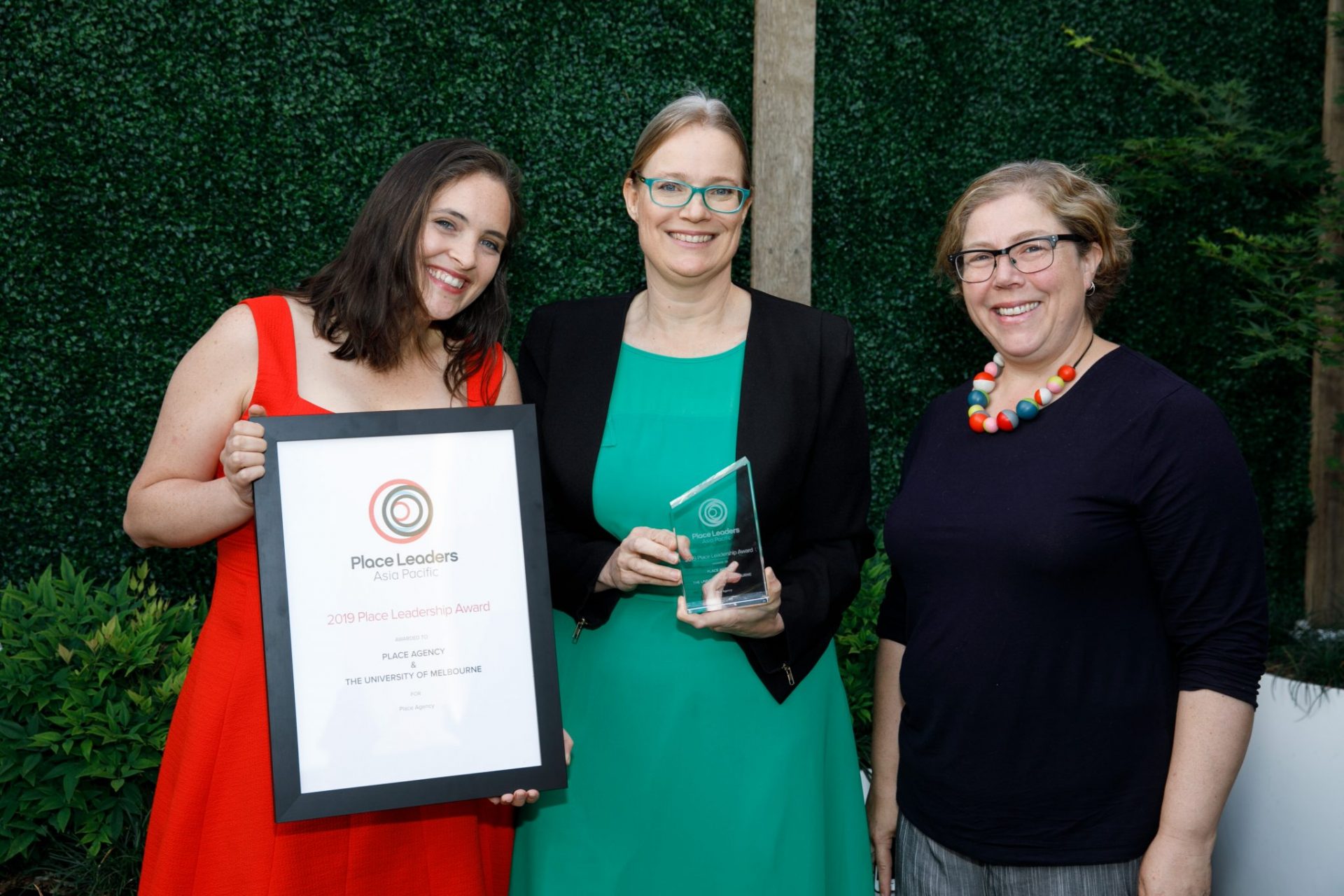
In 2018 and 2019 our work developed across four key initiatives:
1. Modules: Developing a common education framework for built environment students (12 modules with 10 hours worth of content) which could be applied as a single cohesive subject or separated to allow flexibility in teaching.
2. Summits: Sharing findings with industry, community and government through summits or events where targeted versions of the modules could be delivered – supporting a common language.
3. Sandbox studios: Practice-led studios through which students and placemaking stakeholders could work together for mutual benefit.
4. Lastly, there was a commitment to make our work freely available to other universities in Australia and the creation and sharing of case studies for ‘placemaking pedagogy’; we have done so through this website as well as taking our work to national and international conferences.
To read our 2018 report please see here.
To read more about our learnings, feel free to explore our research where we have documented our activities across themes such as evaluating place, regenerative placemaking and placemaking pedagogy. We will always continue our work to grow the momentum and bring this vision to life.
In Nov 2019 we became proud recipients of the 2019 Place Leadership Award by Place Leaders Asia Pacific in recognition of the collaborative effort and transformational experience for students, partners and community alike.
“I’m super excited about Place Agency, I think it’s unique in the world, in terms of creating such a collaborative partnership with key players, to create this foundation, and to really inspire and educate skilled placemakers, not just for Australia but globally. “ – Gilbert Rochecouste, Village Well.
Place Agency takes you back to a time when it was all about creating fun in a space or sandbox and making new friends. The playful child within is always there, nurtured by whatever it is fed, so whatever your age, we are here to help you start something special in a place.
The Teaching resources of Subject Guide and Subject Modules are aimed at academics wanting to teach Placemaking to Built Environment students. It is aimed at Masters or Graduate students through with modification could be taught to Undergraduates.
Here you can access:
Here is the outline of the subject and its components as developed for teaching it as an intensive across 11 days at the University of Melbourne.
Here you will find 12 modules developed to be taught as part of the subject. This includes learning guide, activities, suggested readings and assessments. This add to 10 hours of content for the students for each module to download.
Here are case studies from 5 states and an outline on how to connect to universities to set up a studio for your project.
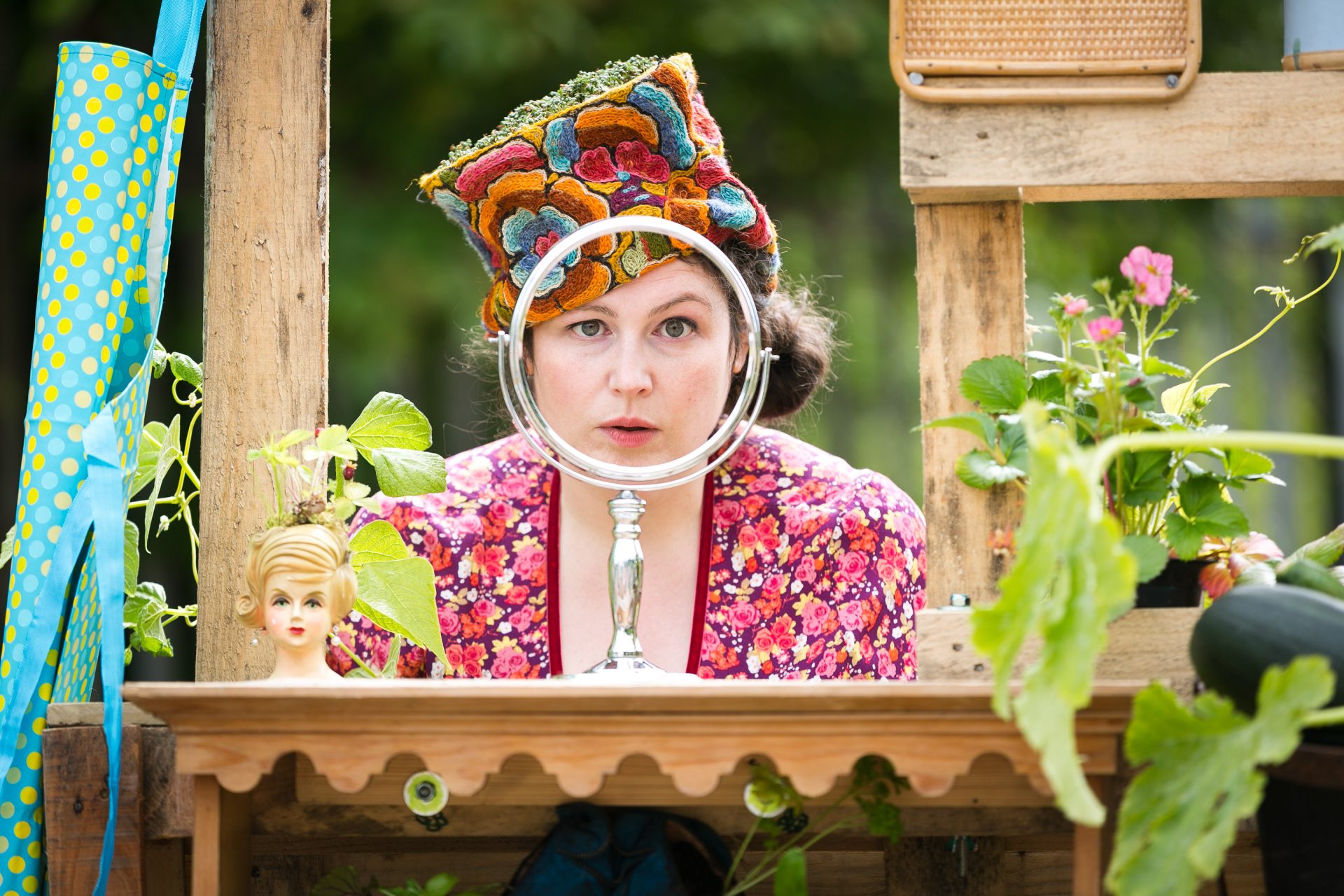
Place Agency Approach
The Place Agency approach has two parts, the modules with theory and practice content and the Sandbox studios that support students and industry to create places together.
The modules allow masters or graduate students to learn by engaging with content co-created with placemakers and leading academics. Where possible connecting this with an existing local community and designing a placemaking project that responds to local needs, assets and opportunities through sandbox studios.
Place Agency has created an inclusive process of modules and design studios that can empower local communities to co-create a place that is: resilient, connects to local nature and culture, and increases community physical and mental health. You can choose to incorporate as much or as little as you like into your own curriculum.
Teaching Placemaking
Place Agency is supporting the development of skills for students of architecture, planning, urban design and landscape architecture, through in-depth theory and practice led approaches. We use a head, heart and hand model. The educational methodology was guided by the insights of placemaking practitioners combined with the academic rigour of the consortium of universities, funded by Myer Foundation.
Place Agency has created a suite of educational modules and practice-based programs on placemaking and place development for graduate level students and early-career placemakers.
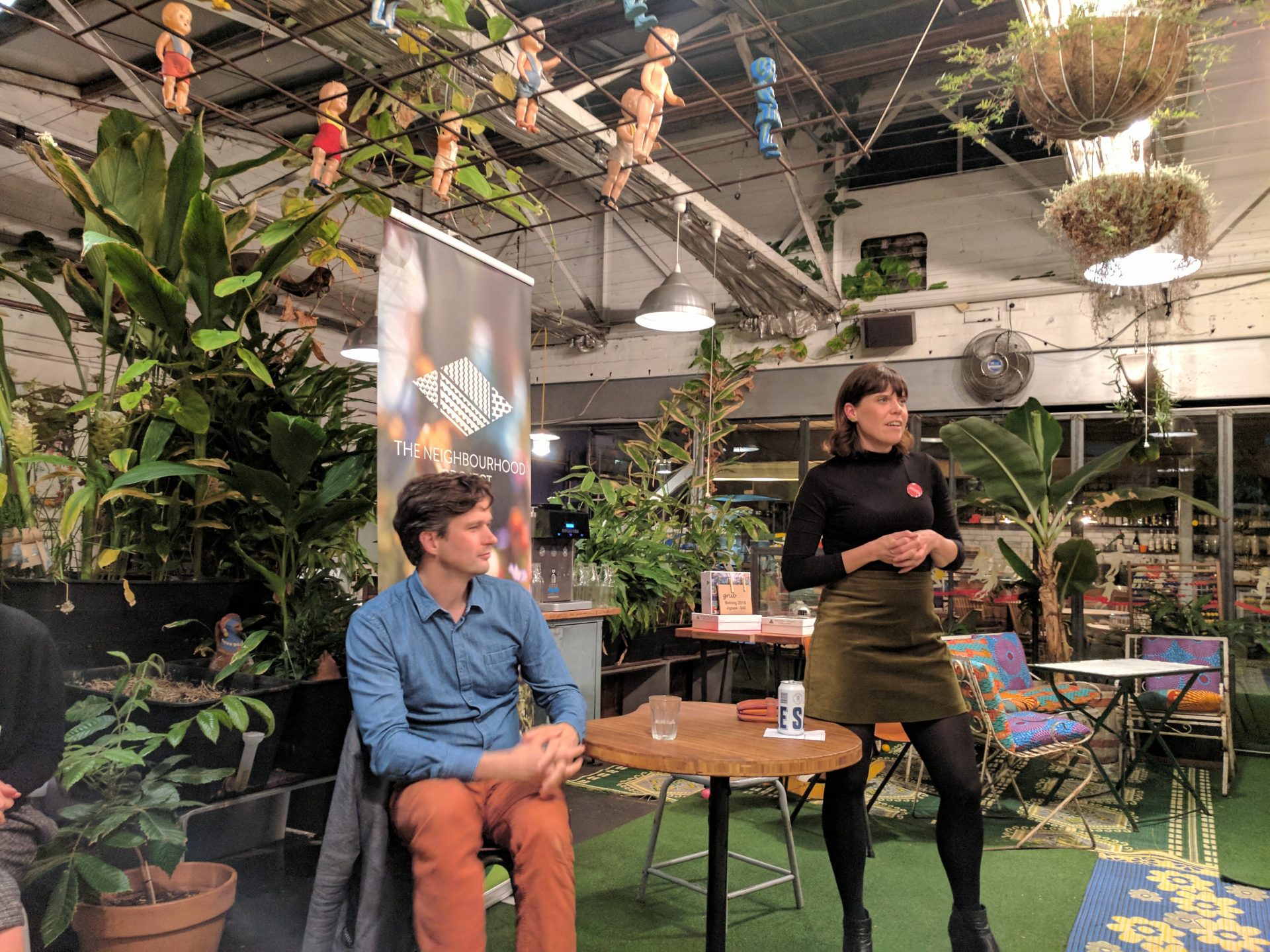
Nature is critical to the wellbeing of the community, Place Agency gives you the tools to integrate nature in your placemaking practice and work on an irresistible narrative for your place.
Place Agency provides a co-created set of 12 modules including slides, reading, teaching guide and activities
Place Agency delivers a quantum of ideas, images, narratives and concepts which you can draw from to lead to a more diverse set of options, with ideas, fun and playful engagement.
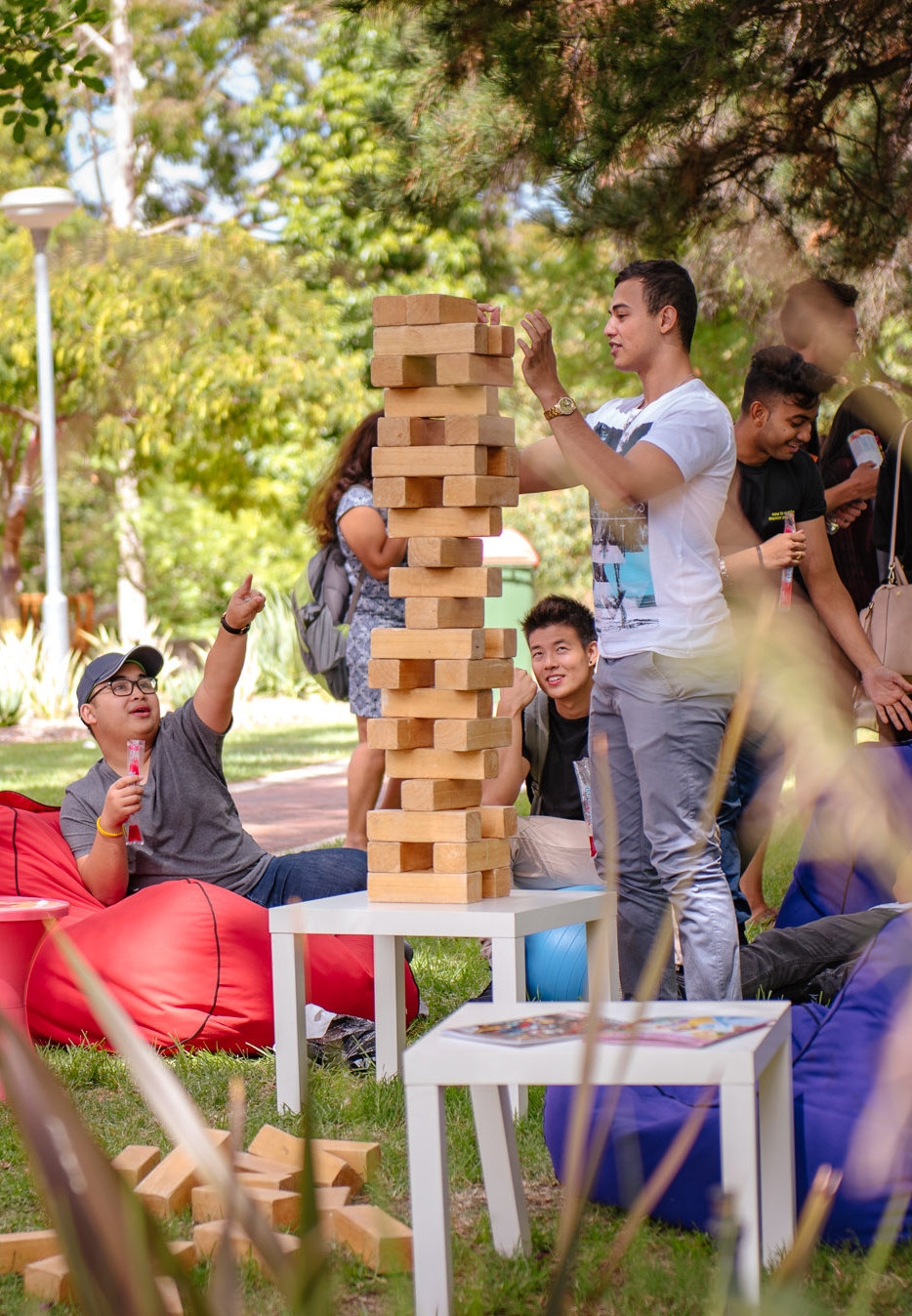
Places are layered with stories from the distant, recent and emerging times, Place Agency supports the integration of these ideas, the key is the integration of nature and Indigenous perspectives of place giving voice to all.
Placemaking supports the potential health of the community, its economy and its enviroment, it brings energy, purpose to projects through focusing on creating relationships between people, place and the environment.
Place Agency has a process through which you can get a group of students (usually 10-20) involved with your project, read the case studies and connect with your local university. This aligns the project with a university, increases capacity to do engagement plus it will give you access to a pool of talent while not raising community expectation.